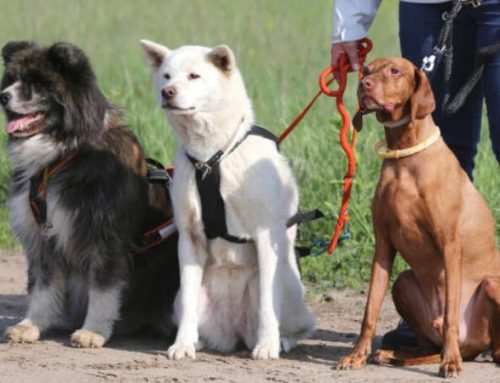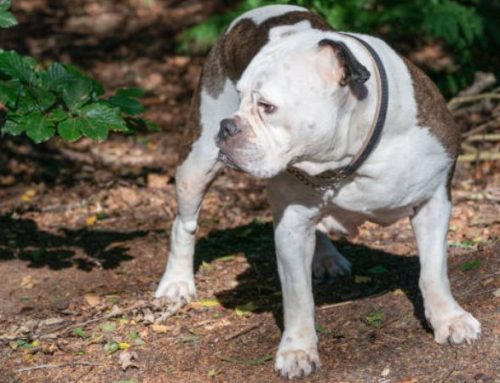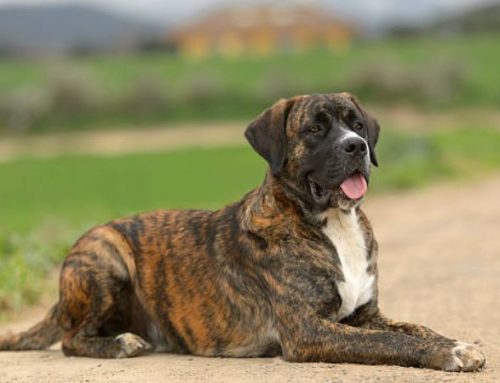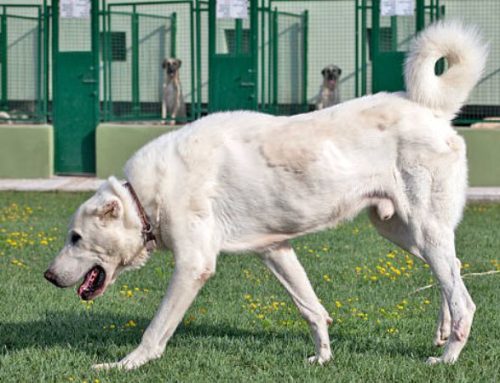White Alaskan dogs captivate with their stunning coats and rich Arctic heritage. From the powerful Alaskan Malamute to the friendly Samoyed and the compact Alaskan Klee Kai, each breed offers unique traits and care requirements. In this guide, you’ll discover everything you need to know about these beautiful white-coated dogs helping you choose the perfect companion and care for them with confidence.

Common White Alaskan Dog Breeds and Types
When discussing white Alaskan dogs, it is important to first distinguish between a breed and a type. For example, the Alaskan Malamute is a recognized pure breed with specific breed standards, while the Alaskan Husky is considered more of a type a working sled dog breed created through mixed breeding rather than a formally registered purebred.
Alaskan Malamute
The Alaskan Malamute is a large, powerful dog breed known for its thick, double coat designed to protect against harsh Arctic weather. While their coat colors range from shades of gray, black, and sable to red, white is also a common and accepted color, though Malamutes rarely have icy blue eyes; their eyes are typically almond-shaped and brown.
In terms of personality, Malamutes are affectionate, loyal, and playful yet dignified dogs. They are strong-willed and independent, bred to work hard hauling heavy sleds, but they also form deep bonds with their families. Their temperament combines strength with a gentle and friendly nature, making them great family companions when properly trained and socialized.
Alaskan Husky
Unlike the Malamute, the Alaskan Husky is not a pure breed but a type developed specifically for sled dog work through the crossbreeding of Siberian Huskies, Greyhounds, German Shorthaired Pointers, and other breeds to maximize endurance and speed.
Alaskan Huskies exhibit a variety of coat colors, including white, and tend to have leaner bodies with a more pronounced tuck-up than Malamutes. Their eye colors can range from brown to blue or even heterochromatic (two different colors), reflecting their mixed heritage.
Known for their incredible stamina and athleticism, Alaskan Huskies are favored for long-distance sled racing and are capable of running up to 100 miles in a day. They have a highly energetic and driven personality, requiring regular vigorous exercise to stay happy and healthy.
Other White Dog Breeds Related or Similar to Alaskan Types
Several other breeds share physical or temperamental traits with Alaskan dogs or are notable for their white coats, making them popular in cold climates or as companion dogs:
- Siberian Husky: Another iconic Arctic sled dog, Siberian Huskies have thick double coats and can have a variety of eye colors, including striking icy blue. Their friendly and outgoing nature makes them popular pets worldwide.
- American Eskimo Dog: This breed sports a fluffy white coat and is known for its friendly, alert, and intelligent personality. Though smaller and less robust than Malamutes or Huskies, they are well-suited for cold weather due to their dense fur.
- Japanese Spitz: Similar in appearance to the American Eskimo Dog but smaller, the Japanese Spitz features a low-maintenance, pure white coat and is known for being friendly, adaptable, and easy to train.
- Great Pyrenees: A large, majestic dog breed with a thick white coat, the Great Pyrenees was bred as a livestock guardian dog. Known for their calm, laid-back temperament, they are gentle with families but protective when needed.
These breeds and types represent the diversity of white-coated dogs associated with Alaskan or northern environments. Whether bred for endurance, companionship, or protection, their coats and temperaments are well-suited to colder climates, and many develop strong bonds with their owners.

Physical Characteristics of White Alaskan Dogs
Coat Type
White Alaskan dogs typically have a dense double coat, which is essential for their survival in harsh, cold climates. The undercoat is soft, thick, and insulating, helping to retain body heat during freezing temperatures. The outer coat is coarser and weather-resistant, providing protection against wind, snow, and moisture. This double-layered coat is vital to keep these dogs warm and dry in Arctic and sub-Arctic conditions.
Shedding Patterns
These breeds experience heavy seasonal shedding, commonly known as “blowing their coat,” which usually occurs twice a year—once in spring and again in fall. During these periods, they shed large amounts of their insulating undercoat to prepare for warmer or colder seasons. Regular grooming, including thorough brushing and raking of the undercoat, is necessary to prevent mats, promote healthy skin, and manage loose fur.

Size and Build Differences
White Alaskan dogs vary in size and build depending on the breed or type:
- Alaskan Malamute: One of the largest Alaskan breeds, standing around 23 to 25 inches tall and weighing between 75 to 85 pounds. They have a robust, muscular build with a deep chest and strong bones designed for endurance and pulling heavy loads.
- Samoyed: Smaller and lighter than the Malamute, Samoyeds typically weigh between 35 and 65 pounds. They possess a more agile and athletic frame while maintaining a thick, fluffy coat. Their build supports both speed and stamina.
- Other Related White Breeds:
- American Eskimo Dog and Japanese Spitz are smaller companion breeds, known for their plush white coats and friendly temperaments. They have lighter frames and require less space and exercise compared to working sled dogs.
- Great Pyrenees is a large, powerful breed with a calm and laid-back personality. They have thick, white coats and a sturdy build suited for guarding livestock in cold mountainous regions.
The physical traits of white Alaskan dogs—from their insulating double coats to their varied sizes—are all adaptations to the cold climate and their original roles, whether as hardworking sled dogs or affectionate companions.
Grooming and Coat Care
Regular grooming is essential for maintaining the health and appearance of white Alaskan dogs, especially due to their thick double coats. Brushing should be done daily or at least several times a week to remove loose hairs, prevent matting, and keep the coat clean. Consistent brushing also helps distribute natural oils, promoting a shiny and healthy coat.
These dogs experience heavy seasonal shedding, commonly referred to as “blowing their coat,” typically occurring in spring and fall. During these periods, more frequent grooming sessions are necessary to manage the large amounts of shedding fur and to prevent mats and skin issues. Using specialized tools such as undercoat rakes and pin brushes can effectively reach and remove the dense undercoat.

Bathing should generally be scheduled every 6 to 8 weeks or as needed depending on the dog’s activity level and environment. Overbathing can strip natural oils and dry out the skin and coat, so it’s important to strike a balance. Conditioner can be used to help maintain coat moisture and softness after bathing.
It is important not to shave or trim the double coat excessively. The double coat serves a critical role in temperature regulation, protecting the dog from both extreme cold and heat. Shaving removes this natural insulation and can lead to sunburn and overheating.
In addition to coat care, regular attention should be given to other grooming needs. Ears should be checked and cleaned regularly to prevent infections, especially since thick fur around the ears can trap moisture and debris. Eyes should be monitored for discharge or irritation and wiped gently if necessary. Dental care, including regular tooth brushing, is vital for preventing oral disease. Nails should be trimmed frequently to avoid overgrowth and discomfort.
In the end, whether you choose a majestic white Alaskan Malamute, a fluffy Samoyed, or a striking Siberian Husky, you’re bringing home more than just a pet. You’re welcoming a loyal, intelligent, and spirited companion into your life. With proper care, training, and a lot of love, your white Alaskan dog will be a cherished member of your family for years to come.






